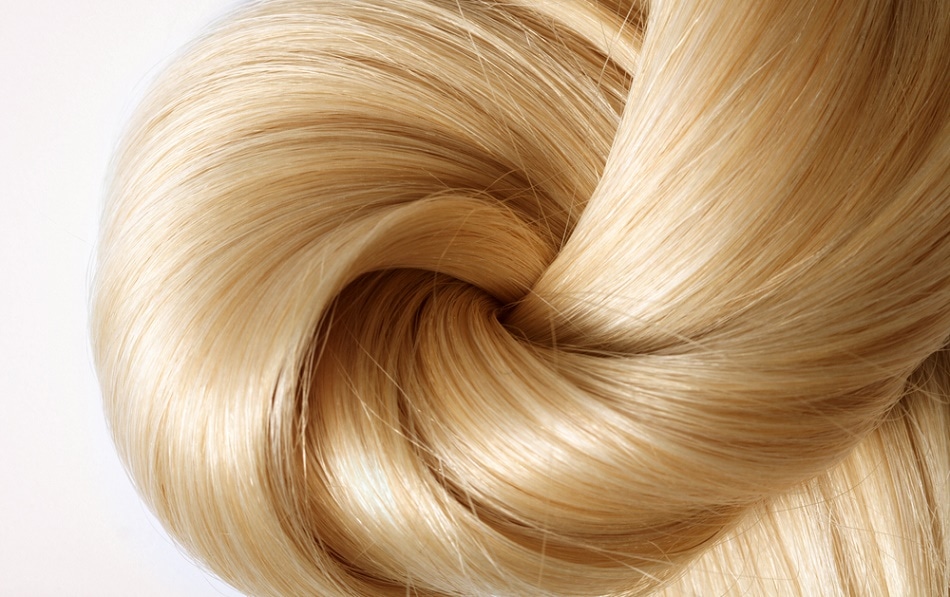Jan 18 2017
 KMNPhoto/Shutterstock.com
KMNPhoto/Shutterstock.com
A new study carried out by scientists at the University of California San Diego explores why human hair is extremely strong and resistant to breaking. The study results may lead to the development of new generation of materials for body armor and even help cosmetic manufacturers make better hair care products.
Similar to steel, hair has a strength-to-weight ratio and can be stretched up to one and a half times its initial length before breaking. “We wanted to understand the mechanism behind this extraordinary property,” said Yang (Daniel) Yu, a nanoengineering Ph.D. student at UC San Diego and the first author of the study.
Nature creates a variety of interesting materials and architectures in very ingenious ways. We’re interested in understanding the correlation between the structure and the properties of biological materials to develop synthetic materials and designs - based on nature - that have better performance than existing ones.
Marc Meyers, Professor of Mechanical Engineering, UC San Diego Jacobs School of Engineering
In a study published online in the Materials Science and Engineering C journal in December, researchers investigated at the nanoscale level how a piece of human hair behaves when it is stretched, or deformed. They found that hair behaves in a different way depending on how slow or fast it is stretched. The faster hair gets stretched, the stronger it becomes. “Think of a highly viscous substance like honey,” Meyers explained. “If you deform it fast it becomes stiff, but if you deform it slowly it readily pours.”
Hair is made of two main parts - the matrix, which has an amorphous (random) structure, and the cortex, which is composed of parallel fibrils. The matrix is responsive to the speed at which hair is deformed, whereas the cortex is not. Yu explained that the combination of these two components gives hair the ability to withstand strain and high stress.
The structure of hair changes in a particular way when hair is stretched. At the nanoscale level, the cortex fibrils in hair are composed of thousands of coiled spiral-shaped chains of molecules termed alpha helix chains. When hair is deformed, this alpha helix chains uncoil and turn into pleated sheet structures called beta sheets. This structural change enables hair to handle a large quantity of deformation without breaking.
This structural change is partially reversible. Hair can recover its original shape when stretched under a small amount of strain. When it is stretched further, the structural change becomes irreversible.
This is the first time evidence for this transformation has been discovered.
Yang Yu, Engineering Ph.D. Student, UC San Diego
“Hair is such a common material with many fascinating properties,” said Bin Wang, a UC San Diego PhD alumna from the Department of Mechanical and Aerospace Engineering and co-author on the paper. Wang is currently at the Shenzhen Institutes of Advanced Technology in China continuing study on hair.
The research team also performed stretching tests on hair at different temperatures and humidity levels. Hair can withstand up to 70 to 80% deformation before breaking (dry hair can experience up to 50% deformation) at higher humidity levels. Water “softens” hair - it goes into the matrix and breaks the sulfur bonds that connect the filaments within a strand of hair. Scientists also found that hair begins to undergo permanent damage at 60 °C (140 °F). When the temperature goes beyond this, hair breaks faster at lower strain and stress.
“Since I was a child I always wondered why hair is so strong. Now I know why,” said Wen Yang, a former postdoctoral researcher in Meyers’ research group and co-author on the paper.
The research team is now conducting additional studies to understand the effects of water on the human hair properties. Moving forward, the team is examining the detailed mechanism of how washing hair can cause it to return to its original form.